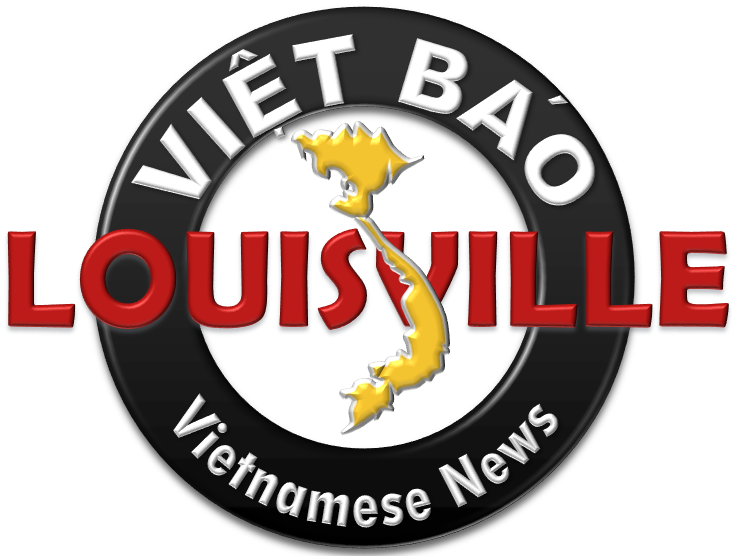The book dives deep into the science of acquiring skills and achieving expertise, challenging the common notion of innate talent. Below is a detailed summary of the book:
Introduction: The Gift
The book begins by debunking the myth of innate talent. Ericsson and Pool suggest that our belief in inborn abilities limits our potential. While genetics play a role in our predispositions, it’s practice and the right kind of training that leads to exceptional performance.
The Power of Purposeful Practice
- The Power of Practice: Ericsson and Pool suggest that greatness isn’t born, but it’s achieved through deliberate practice. Contrary to popular belief, they argue that no one is naturally gifted to become an expert without investing hours into dedicated training.
- How Practice Shapes the Brain: Engaging in purposeful practice leads to physical changes in the brain. When we practice a skill, the relevant neural pathways strengthen, which enhances our performance and learning capability.
Harnessing Adaptability
- Adaptability: The human body and mind are adaptable. When we challenge ourselves with tasks just beyond our current abilities, we stimulate our system to adapt and improve. This is the foundation of skill acquisition.
- The Goldilocks Principle: Tasks shouldn’t be too easy or too hard. They should be just right — challenging enough to stretch our abilities.
The Path to Expertise
- Start Young? Not Necessarily: Starting young provides more time to accumulate practice hours, but it isn’t always a necessity for achieving expertise. Adults can, and do, become experts by using their time more efficiently.
- The 10,000-Hour Rule: This rule, popularized by Malcolm Gladwell in “Outliers”, suggests that it takes approximately 10,000 hours of practice to achieve expertise. However, Ericsson clarifies that it’s not just about the quantity, but the quality of practice that matters.
- Deliberate Practice: This is the cornerstone of Ericsson’s research. Deliberate practice involves focused, structured, and feedback-driven activities designed to improve specific aspects of performance. It’s systematic and purposeful.
Principles of Deliberate Practice
- Well-Defined, Specific Goals: Instead of vague goals like “I want to be a better pianist”, deliberate practice involves specific goals like “I want to master this particular piece”.
- Focused and Concentrated Practice: It’s about quality over quantity. Distractions diminish the efficacy of practice.
- Feedback and Modification: Immediate feedback is crucial. It helps in understanding mistakes and rectifying them.
- Pushing Beyond One’s Comfort Zone: Continual improvement requires regularly pushing oneself beyond current capabilities.
The Role of Mentors
- The Value of Expert Teachers: Having a mentor or coach accelerates the learning process. They provide feedback, guidance, and structure to the learner’s journey.
- Finding the Right Mentor: The ideal mentor is someone who understands the nuances of the skill or field and can guide the learner based on their individual needs.
Mental Representations
- The Mental Blueprint: As we gain expertise, we develop sophisticated mental structures called “mental representations” which allow us to process large amounts of information quickly and efficiently.
- Improving Mental Representations: The quality and number of mental representations can be improved through deliberate practice. They allow experts to see patterns and solutions that novices might miss.
The Limits of Expertise
- Physical and Mental Limits: While we can push our boundaries through training, there are physical and mental limits. But, most people never come close to reaching these limits.
- Plateaus and How to Overcome Them: In the journey to expertise, plateaus are inevitable. However, with the right approach, they can be overcome.
Applying the Principles
- Deliberate Practice in Everyday Life: The principles of deliberate practice can be applied to virtually any skill, from playing an instrument to professional tasks.
- Schools and Deliberate Practice: Ericsson and Pool suggest that the education system could benefit from incorporating principles of deliberate practice to enhance learning.
Conclusion: The Road to Peak
The journey to expertise is challenging and demands dedication, effort, and the right kind of practice. However, the rewards are immense. “Peak” provides a blueprint for anyone looking to master a skill or field, emphasizing that potential is not preordained but something we can shape through deliberate and purposeful practice.
“Peak: Secrets from the New Science of Expertise” is a transformative book that shifts the discourse from innate talent to the power of deliberate practice. Ericsson and Pool not only challenge widely held beliefs about expertise but also provide a roadmap for achieving true mastery.











